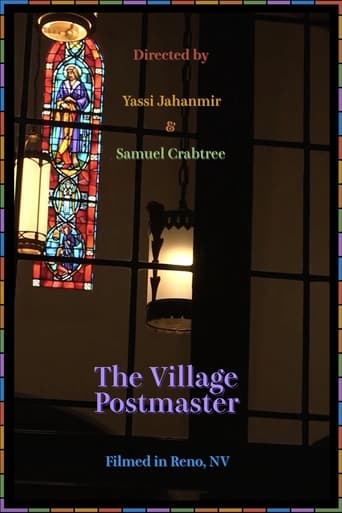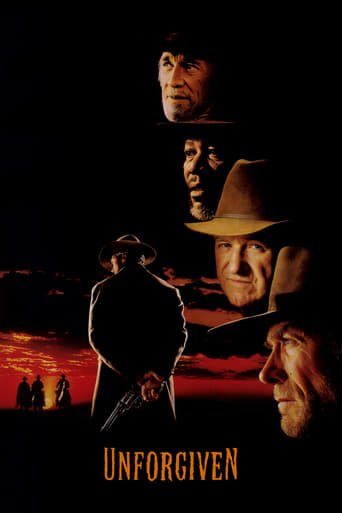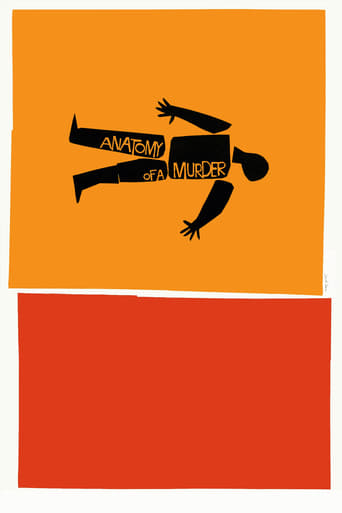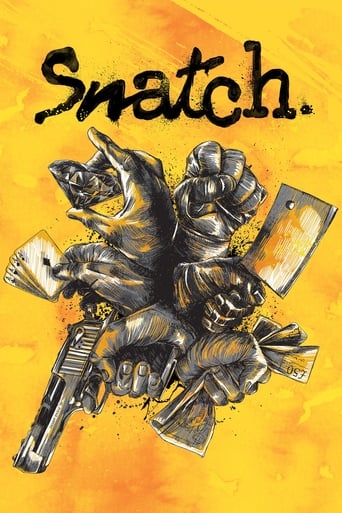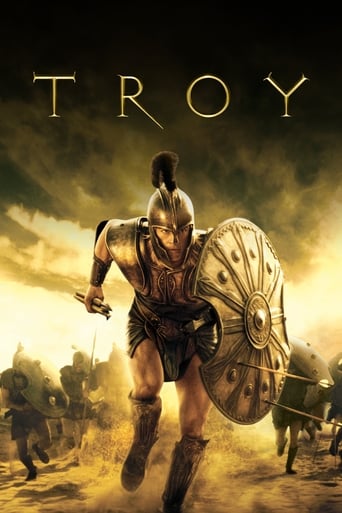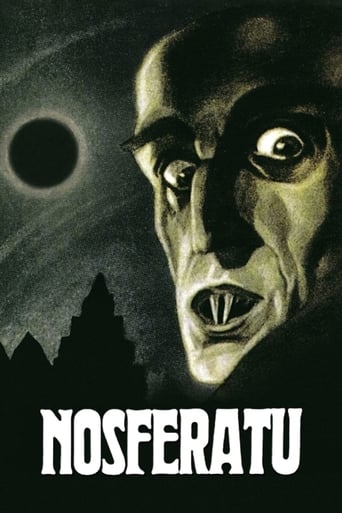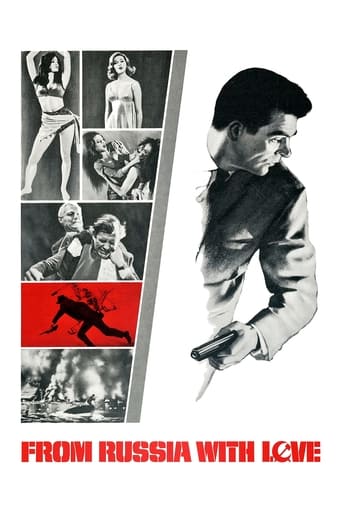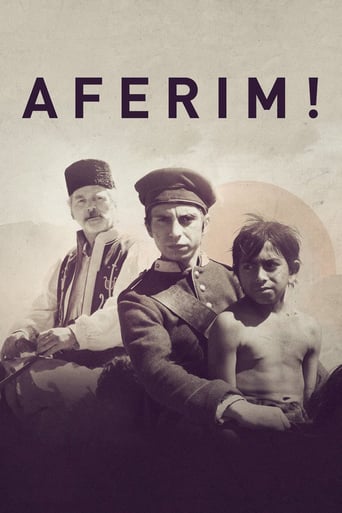
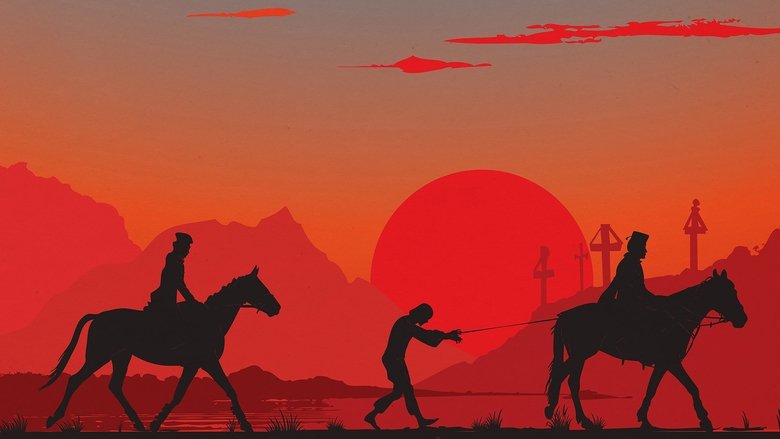
Aferim! (2015)
Set in early 19th century Wallachia, Romania, a policeman, Costandin, is hired by a nobleman to find a Gypsy slave who has run away from his estate after having an affair with his wife.
Watch Trailer
Cast


Similar titles
Reviews
Aferim! (2015) is a Romanian movie written and directed by Radu Jude.Aferim! is a truly unique film. According to the introduction (by Yuriy Reznik), the Roma (called Crows by the Romanians) were slaves in Romania for centuries. (Slavery of the Roma was not outlawed until 1856.) This historical fact has been forgotten, presumably because it was actively suppressed. In fact, Aferim! is the first and only modern movie to show us Roma slavery. The movie is extraordinarily complex, but the plot is basic. A Roma slave named named Carfin Pandolean (Toma Cuzin) has escaped. Constable Costandin (played by Teodor Corban) has been sent to find the slave and bring him back to the local nobleman. The constable takes his son, Ionita (Mihai Comanoiu) along with him as his assistant.What follows is a film of immense beauty (at times), with moments of fascinating folkloric tradition, and moments of extraordinary brutality.In their odyssey, father and son meet many strange characters. I have no way of knowing whether director Jude is accurately showing us what Romania was like in 1835. However, the movie has the feel of reality about it.Constable Costandin is basically a decent human being. However, he has a job to do, and he's going to do it. He knows that, in this case, the job is an extremely dirty one. He worries about it, but he does it anyway.Constandin is not an educated man, but he has an endless fund of folk wisdom, which he dispenses whenever it's needed. At one point he says something like, "We have the life we have, not the life we might want." That's true of almost everyone in the movie.The wild scenery of Romania is strikingly photographed at first. Each frame looks as if it could be made into a still photograph that would compare with a photograph by Ansel Adams. It might have been my imagination, but it seemed to me that the cinematography got rougher and harsher as the movie progressed.We saw this film as part of the Rochester Premieres series at the excellent Dryden Theatre at the George Eastman Museum in Rochester, NY. It won't work as well on the small screen, but if that's your only option, take it. This is a must-see film for anyone interested in modern European cinema. Warning: the action is set in Romania in the 1830's. It's a harsh, violent society. Be prepared for some horrible events.
Set in 1835 in Walachia, Romania, we meet Consatndin who is a Constable – he is accompanied by his eager but less effective son – Ionita. They are chasing an escaped slave, this is a Roma man who has stolen money and run away from a Boyar (who has the most impressive hat imaginable).Along the way the two men come across many more Roma – whom they refer to as 'Crows' (because crows are black) and treat them like the underclass they believe them to be. They also run into a number of other – less than savoury – characters including the World's most xenophobic Priest. What follows is story that can be seen as comedic, harrowing and at times almost bewildering in its depiction of what times were like. The enslavement of the Roma is a subject rarely mentioned and so this is groundbreaking in many ways.It is filmed in black and white and is lit in such a way to make this seem many years older than it is, Director Radu Jude said this is a western and did a lot to evoke the early westerns in theme and composure of the story, but he has also created a film that is unique too. There is violence here and scenes that some may find upsetting but it is just an amazing watch. Languages are Romanian, Turkish and Roma with OK sub titles to be fair. The title 'Aferim' means 'bravo' in Turkish and as the Romanians hated the Ottoman Empire it is ironic that they use this word as a form of praise – but that is intentional. Nominated for the 88th Academy Award for Best Foreign Language film I feel this is in with rather a big chance and is a film that I can absolutely recommend to all World cinema fans.
By Daniel K. Buntovnik"Aferim!" is (virtually) the first film ever to depict the enslavement of Rromani people that occurred for some five hundred years in the present day territories of Romania. The film's writers set out elucidate a period which Romanian society is for the most part reticent to acknowledge — much less critically engage with. The void is not less existent in the Anglosphere. While critics have proclaimed "Aferim!" to be "something new", they have also touted the film as a Western à la Vlach, pointing to influence from this genre observable in its frequent shots of expansive landscapes with men on horseback and wagons. This is hardly groundbreaking in and of itself, since the conventions and tropes of this seemingly quintessentially American film genre were long ago appropriated (and, to an extent, subverted) by Europeans on both sides of the Iron Curtain, giving us the Spaghetti Western and the Red Western, aka the Eastern. Both had significant overlaps with the Revisionist Western: a genre that undermines narratives of the Wild West as the domain of the white settler. "Aferim!" has also drawn comparisons to more recent American slave movies, but it is certainly much more than a rehash of these films, never losing sight of the brutal particularities of the 19th century Wallachian context.Insofar as this particular historical period has until recently remained unvisited by cinema, we are not coming back to anything, but approaching something new. What we do revisit in "Aferim!" are actually present day social attitudes (in particular, antiziganism). The Revisionist aspect of the film also means pushing back against what little narrative does exist acknowledging the enslavement of Rromani (and Tatar) people at the hands of the Romanian Orthodox Church, nobles, and principality-states. In Romania, the "official" narrative is to downplay and minimize the reality of Rroma enslavement. Its main tactics are to highlight alleged fundamental differences between "sclavie" (slavery) and "robie" (another supposedly milder form of servitude unique to this region). This stress of difference between "sclavie" and "robie" is at the same time accompanied by a playing up of the similarities between "robie" and feudal serfdom. "Aferim!" demolishes these pedantic arguments by laying bare the chasm of difference between social statuses ascribed to Gypsies and Wallachian peasants. In this regard, "Aferim!" is a "Revisionist Eastern".Despite its orientation towards the past, the film is clearly forward thinking. At one point, Costandin engages in an interrogatory monologue about relations between the living and the dead; he wonders how "we" (21st century people) will remember "them". What will we say about "them"? But this monologue is ambiguous. "They", the dead, could be he and his son (and the larger white, Orthodox community they belong to), but the dead could just as easily be the Gypsy slaves in their captivity. Costandin's comments reflect the research of ethnologist Patrick Williams presented in his book "Gypsy World: The Silence of the Living and the Voices of the Dead". For Williams, the way that European societies erase and render Rromani communities invisible was reflected in the way the French Gypsies he lived with (seemed to) render the dead invisible by avoiding talking directly about them and by discarding their belongings whenever possible, and treating the belongings with a special level of care and respect if it was not possible or very undesirable to discard them. "In order to constitute their real presence," Williams writes, "they have chosen to refer to real absence." Accordingly, Costandin is quite right when he concludes with the assumption that any breach of this silence will be a curse ("If our descendants do say anything about us, it will only be to curse us," he says, and I paraphrase.) "Aferim!" is a Revisionist pox upon the "official" narrative of Gypsy slavery because it does much to break the silence about it. The film brings dishonor to the dead partisans of slavery in exposing them as the cruel, naive, close- minded bigots that they were, and it may even bring shame to their descendants, those who have vicariously and transgenerationally inherited their attitudes. It was without a doubt for this very reason that King Carlos III of Spain demanded the erasure of any mention of the "Great Gypsy Round-up of 1749" (which resulted in decades of enslavement for Rroma in Spain) from the preamble to a new law on Gypsies in 1772 on the pretext that "it does little honor to the memory of my brother (Fernando VI)."Costandin illustrates a middle class psychology in a lot of ways. He exalts himself over the slave Carfin, while he practically cowers in fear of the master Iordache. Costandin almost seems to redeem himself when he shows skepticism towards the dehumanization of Rroma; he asks a spiritual authority if Gypsies are indeed human beings. He is not impervious to the injustice inherent in enslavement, but within the logical confines of the system, profit is simply higher on the priorities list. Costandin attempts to put "a human face" on slavery. When this proves to be impossible, social atomization allows him to sacrifice others on the altar of his narrow self-interest. Ultimately, "Aferim!" shows that promises of "gentler injustice" are likely to end in depraved perversity.
Being based on lots of writings from that era, I suppose that this movie reflects a fair image of life in Tara Romaneasca (Wallachia) of the 19th Century, with its' patterns and prejudices. It probably does some justice to today's Romani, when Europe encounters them again and there is no narrative to explain who their ancestors were. And maybe it does some justice to today's Romanians too, when the European public finds out what is the distinction between Romanians and Romani.The movie can evoke amusement, disapproval, empathy. However, the spectator discovers more and more that comedy turns to tragedy.I appreciate the fact that Aferim has complex characters that are not entirely positive or negative.





